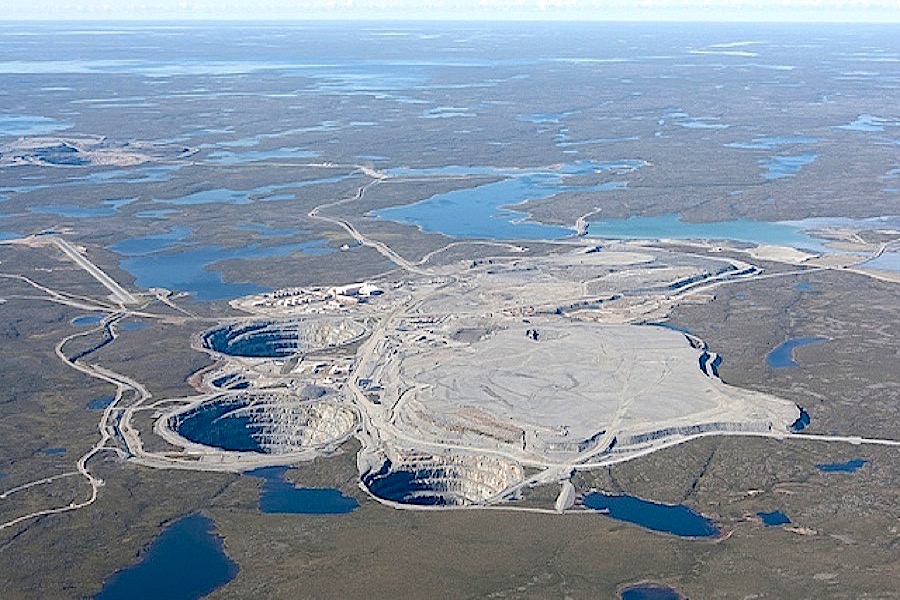‘A pause, not a pivot’: What business and economists are saying about Freeland’s fiscal update

‘While today’s fiscal news can be characterized as moderately positive, the main message is stay tuned’

Article content
Finance Minister Chrystia Freeland’s fall update on the economy revealed government finances are in better shape than previously projected. The statement leaned heavily on the side of an update , announcing few new budgetary measures. The expected deficit is lower than previously forecast in the April budget, dropping from $154.7 billion to $144.5 billion. New budget items include $31 billion on pandemic-related spending over six years and $40 billion on addressing Indigenous issues.
Advertisement
Story continues below
This advertisement has not loaded yet, but your article continues below.
Article content
Below is a compilation of economist and business reaction to the update.
Sri Thanabalasingam, senior economist at Toronto-Dominion Bank, by email:
“The Canadian economy’s strong rebound from the depths of the health crisis improved federal finances as shown in the economic and fiscal update (EFU). In addition, a robust economic forecast boosts tax revenues, such that the country’s debt burden declines pretty quickly over the next several years. Of course, yesterday’s EFU did not include the full extent of the government’s spending plans, so we’ll likely see some upward revision to the debt-to-GDP ratio come the 2022 Budget. Also worth watching is the evolution of the economic assumptions embedded in the Budget, given the considerable COVID and supply chain related uncertainty surrounding forecasts at the moment.”
Advertisement
Story continues below
This advertisement has not loaded yet, but your article continues below.
Article content
Benjamin Tal, deputy chief economist at Canadian Imperial Bank of Commerce, by email:
“This update is exactly that, an update, designed to buy some time ahead of the 2022 budget. The better revenue picture is largely due to a stronger nominal GDP growth due to inflation. That will not last long. It provided the government with some unexpected flexibility regarding new spending. The update is under the fog of COVID and therefore does not provide any real info about some of the government’s big plans on taxation and the environment.”
Josh Nye, senior economist at Royal Bank of Canada, in a note:
“The statement hinted the government will use some of its new-found fiscal room (i.e. a debt-to-GDP ratio that’s 4 ppts lower than previously projected) to ‘support Budget 2022 investments that will help boost long-term growth.’ We’re cautious on that … point, as we had to look pretty far down the list of campaign promises to find measures specifically targeting growth. … We think innovation policy, climate and infrastructure funding, IP strategy, tax competitiveness, attracting talent and improving education and lifelong learning can help move the needle on Canada’s sluggish potential GDP growth. Today’s update shows the extent to which a stronger economy can improve the fiscal outlook, which we hope will motivate the government to focus on measures that grow the economy on a sustained basis.”
Advertisement
Story continues below
This advertisement has not loaded yet, but your article continues below.
Article content
Rebekah Young, director of fiscal and provincial economics at Bank of Nova Scotia, in a note:
“Our read is that today’s update is a pause, not a pivot in the fiscal stance. The minister is likely waiting for inflationary pressures to begin softening — with any hopes — in time for a spring budget where a suite of election promises would be rolled out. There is little overlap in today’s $71 billion and the $78billion ($53 billion net) pledged on the campaign trail underpinning the spending bias of this government.”
-

Ottawa knows it has an economic fight on its hands, but action will have to wait
-

From business subsidies to housing tax exemptions: Four takeaways from the fiscal update
-

Canada still plans digital services tax; Google disappointed
-

Bank of Canada to keep inflation target as risks mount
Advertisement
Story continues below
This advertisement has not loaded yet, but your article continues below.
Article content
Goldy Hyder, president and CEO of Business Council of Canada, in a statement:
“We support the government’s investments in vaccines and rapid tests, as well as targeted support for those most affected. In the coming months, it will be important to preserve fiscal firepower and further reduce the federal deficit as insurance against future emergencies. Now is not the time for fiscal complacency. We are encouraged by the finance minister’s commitment to bring forward, in Budget 2022, measures to strengthen economic growth and competitiveness. In her words, ‘the best way to maintain strong public finances [is] by keeping our economy strong.’ Any such plan should include significant investments to help the country transition to a low-carbon future.”
Ben Bergen, director of Canadian Council of Innovators, in a statement:
“On behalf of CCI’s members, we had hoped to see measures to enhance the pool of highly skilled talent available to domestic technology companies. Our members had also hoped to see early steps on streamlining and modernizing the cornerstone innovation funding program in Canada, the scientific research and experimental development tax credit, which both the government and the official opposition have recently advocated for.”
Financial Post
• Email: bbharti@postmedia.com | Twitter: biancabharti
Listen to Down to Business for in-depth discussions and insights into the latest in Canadian business, available wherever you get your podcasts. Check out the latest episode below:
Advertisement
Story continues below
This advertisement has not loaded yet, but your article continues below.









